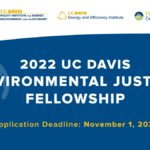
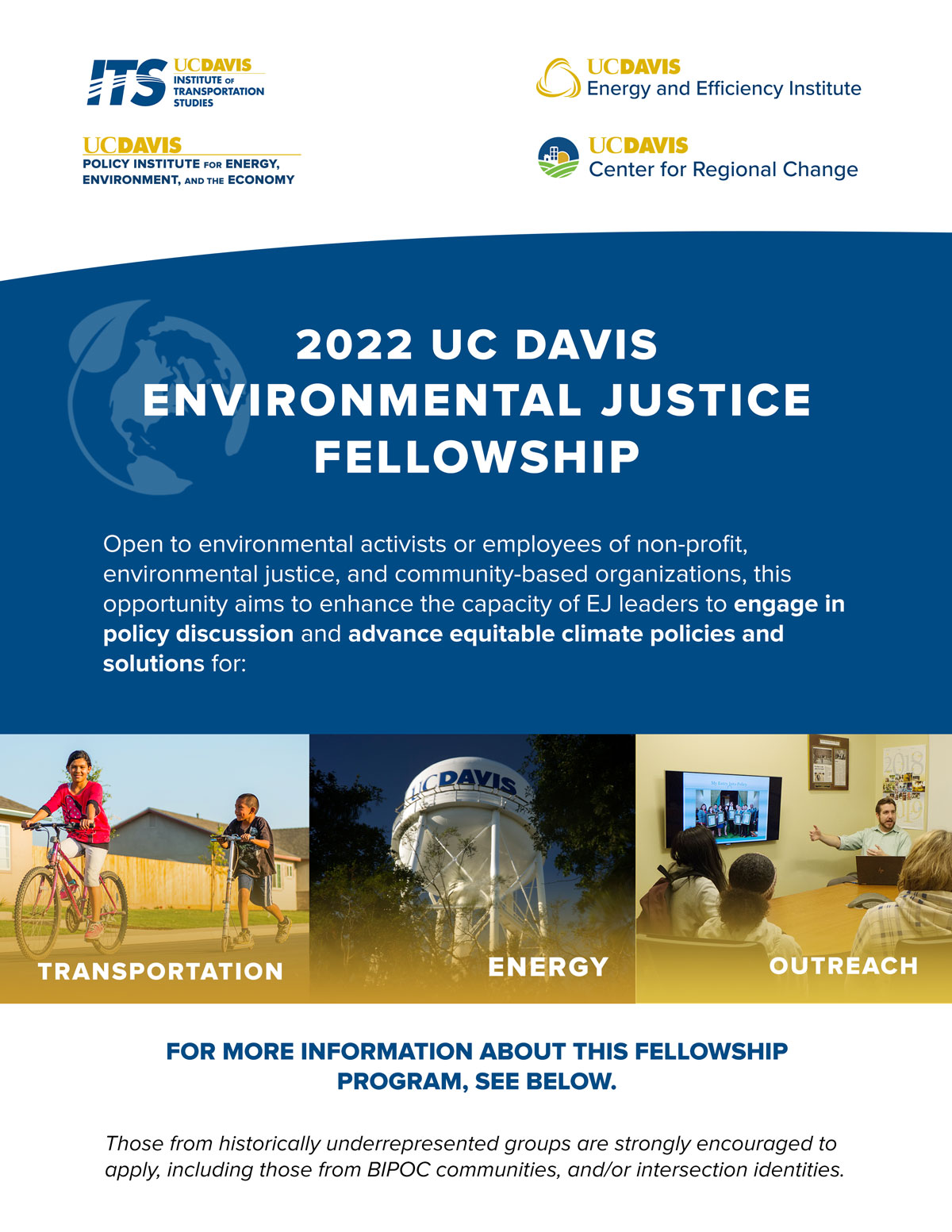
Application Opens: September 20, 2021
Online Open House Session: TBD
Application Deadline: November 1, 2021
Program Start: January 2022
To immerse community expertise into academic research and public policy, the UC Davis Institute of Transportation Studies (ITS-Davis), the Energy and Efficiency Institute (EEI), the Center for Regional Change, in collaboration with members of the Transportation Equity and the Environmental Justice Advisory Group (TEEJAG), are launching the Environmental Justice Fellowship program (EJF). This fellowship program will benefit participating fellows, the communities they serve, and the university researchers they engage with.
The EJF Program will begin in January 2022.
Motivation
This fellowship program aims to address two challenges: 1) communities have untapped knowledge that is not disseminated widely or is ignored by government and other entities, due to physical distance, language barriers, cost, and lack of access to information; and 2) the research community has untapped knowledge and expertise but has historically shared an asymmetrical power balance with environmental justice (EJ) advocacy groups and community organizations. The result, all too often, has led to limited sharing of information between academia and EJ communities, poor public engagement, and missed opportunities to improve public policy. This fellowship program will connect university-based research programs and personnel with community expertise and knowledge.
Topics of Interest
This program is being developed with a particular focus on these key research areas:
- Equity in electric vehicles: incentives and infrastructure
- Indoor air quality upgrades
- Outdoor air quality mitigation
- Greening without gentrification
- Science-based energy efficiency
- Improve buildings electrification
- Transit service: availability, access, and cost
- Safe streets and active transportation
- Shared mobility and increased mobility options
- Transit-oriented developments and affordable housing
- Decarbonization efforts including Low Carbon Fuel Standard
Program Design
The program will be co-created by the fellows and the UC Davis Environmental Justice Team formed by EJ experts. This program will last six months with support for up to three in-person sessions in Davis, California. Fellows will be given flexibility to customize the program according to their interests. Fellows will be expected to participate in some or all of the following activities:
- Professional Development
- Participation in weekly seminar series and classes, and curated briefings with local, state, and federal legislators, and other regulatory agencies in the EJ space
- Leadership by the fellows
- Integrate lived experience and community knowledge into the research process
- Provide guest lectures and/or co-teach courses
- Co-organize workshops and/or webinars
- Capstone Project
- Complete a white paper, presentation, and/or grant proposal that will advance equity
- Professional Network
- Continued engagement with fellows and networking events
Eligibility
An Environmental Justice Fellow is an experienced environmental justice activist or community leader, aiming to advance and scale their goals, who are also willing to co-design this program. Individuals committed to advancing EJ are encouraged to apply, including those who may or may not be part of non-government organizations (NGOs), research-advocacy groups, community-based organizations (CBOs), and/or advocacy groups. Those from historically underrepresented backgrounds, including Black, Indigenous, People of Color (BIPOC), and those with intersecting identities (queer, trans, immigrant, and disabled), are strongly encouraged to apply.
Commitment
The Fellows should be able to commit a minimum of 8 hours a week to this program. Candidates are encouraged to be involved beyond that time depending on their availability. The goal is to provide enough flexibility to allow Fellows to continue to work for and support their respective organizations, while remaining fully engaged in the activities mentioned in the Program Design (above) for a productive and impactful fellowship experience.
Prospective Fellows
If you are interested in being considered for this Fellowship, please complete the following application by Monday, November 1, 2021 (PST 11:55).
Our team is asking individuals interested in being considered for this fellowship to submit an application, including all those that had previously applied in summer 2021. To submit an application, please complete the following 2-step process:
- Complete an updated application HERE. (Deadline: Monday, November 1, 2021)
- Send your resume via email to: EJF_Res.80nwtzhf6qbb58dt@u.box.com (you can copy and paste into the outgoing email address)
- Please upload your resume as DOC or PDF (Max size 20-25 MB)
- Name your file as: LastName_FirstName_resume (ex. Doe_John_resume)
- You will receive a confirmation email once your resume is received
The EJF selection committee will review applications and inform selected Fellows by Monday, November 15th, 2021.
The coordinating team will be hosting a virtual Open House on Wednesday, October 27 at 12pm. The purpose of this virtual event is to provide candidates an opportunity to ask questions and/or comment directly to the coordinating team. If you are interested in participating please register to receive the information for this event. Thank you for your time and we look forward to hearing from you.
For questions, please contact our program coordinators JC Garcia Sanchez (jcgarciasanchez@ucdavis.edu) and Terra Arnal Luna (tarnal@ucdavis.edu).
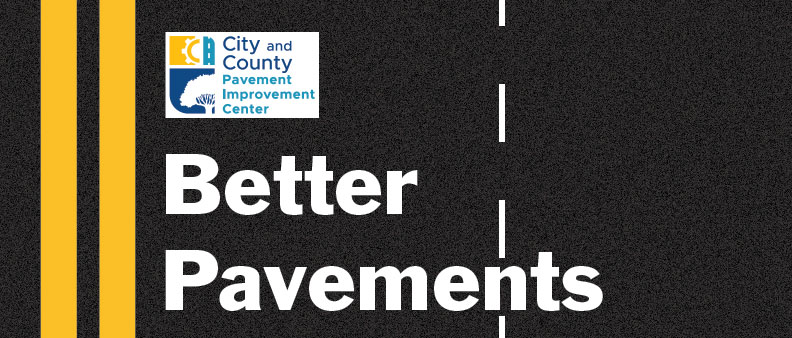
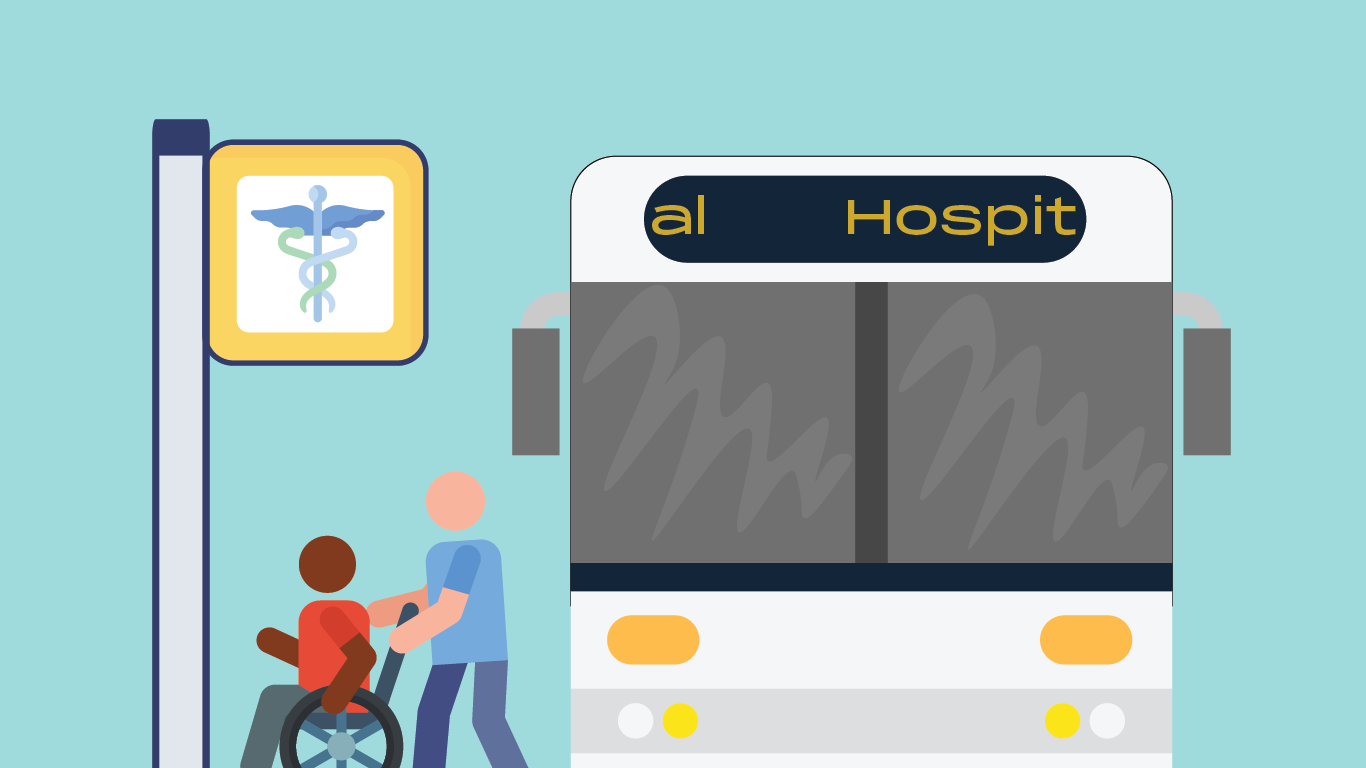
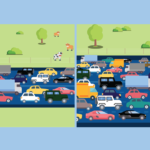
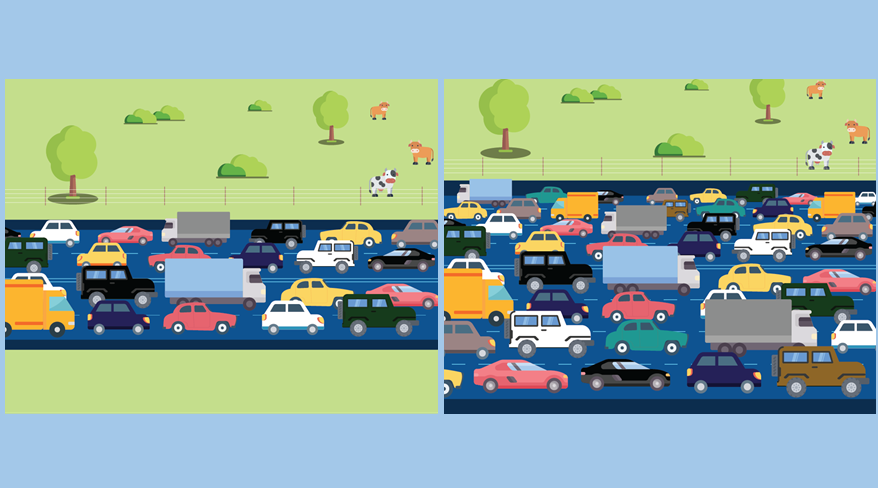

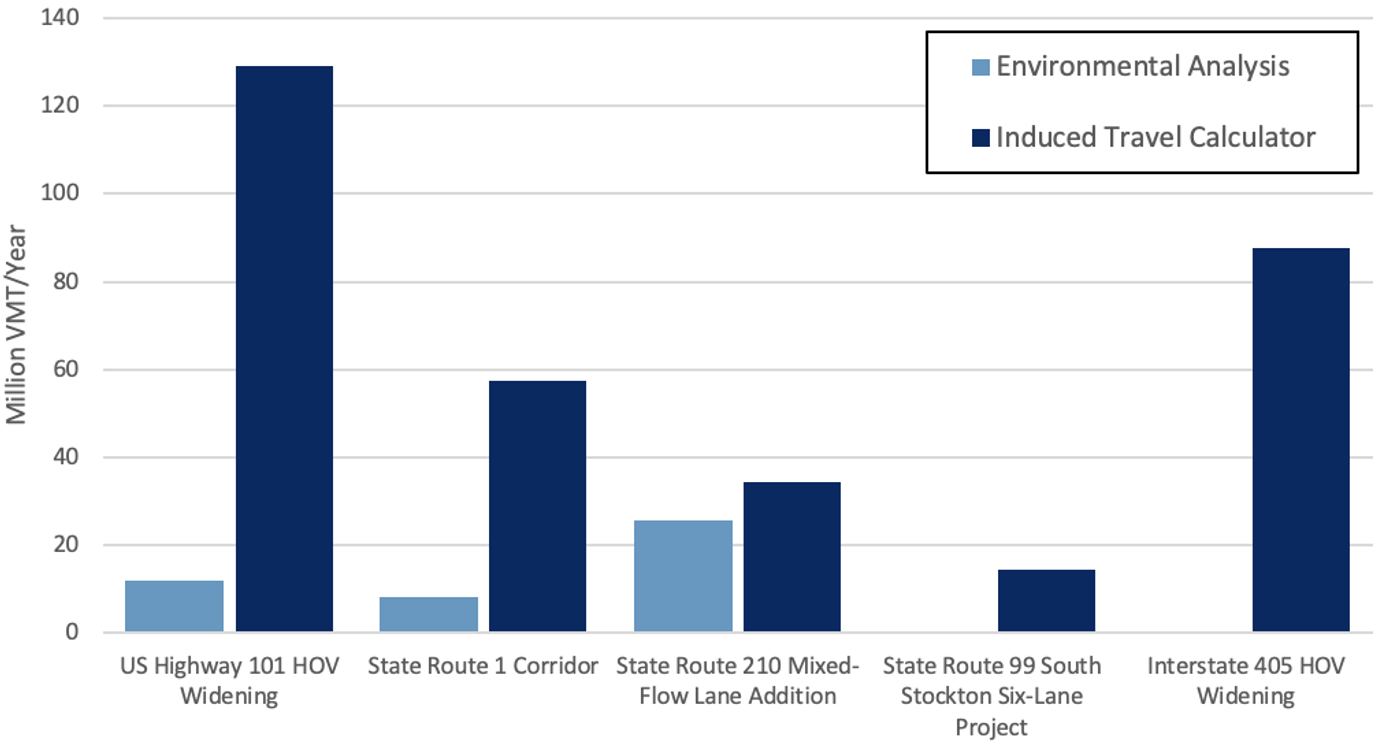
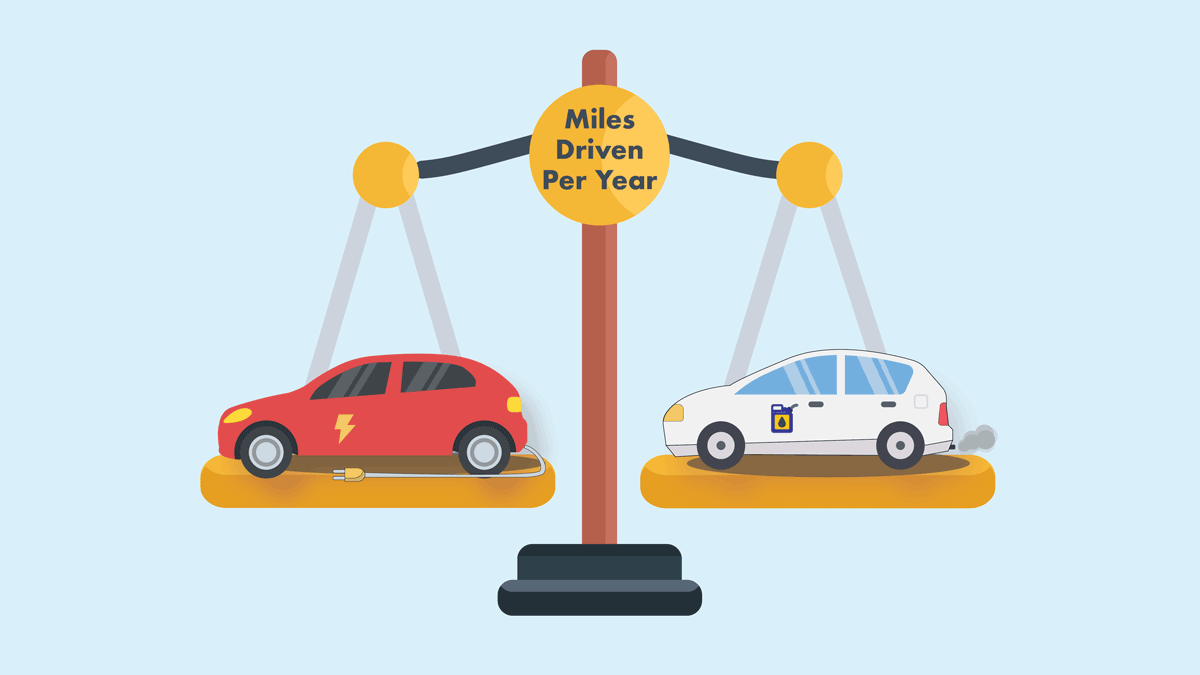
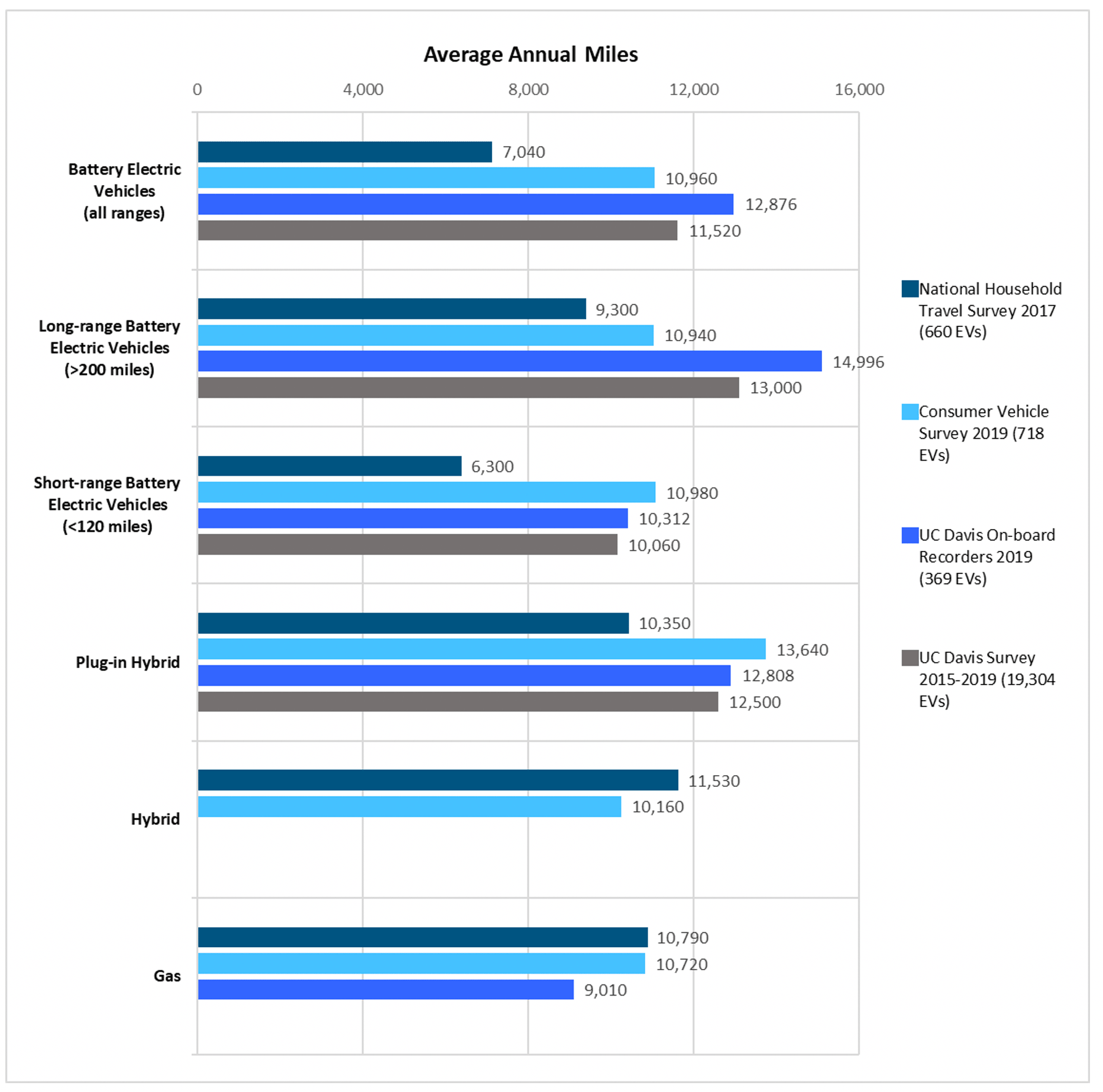
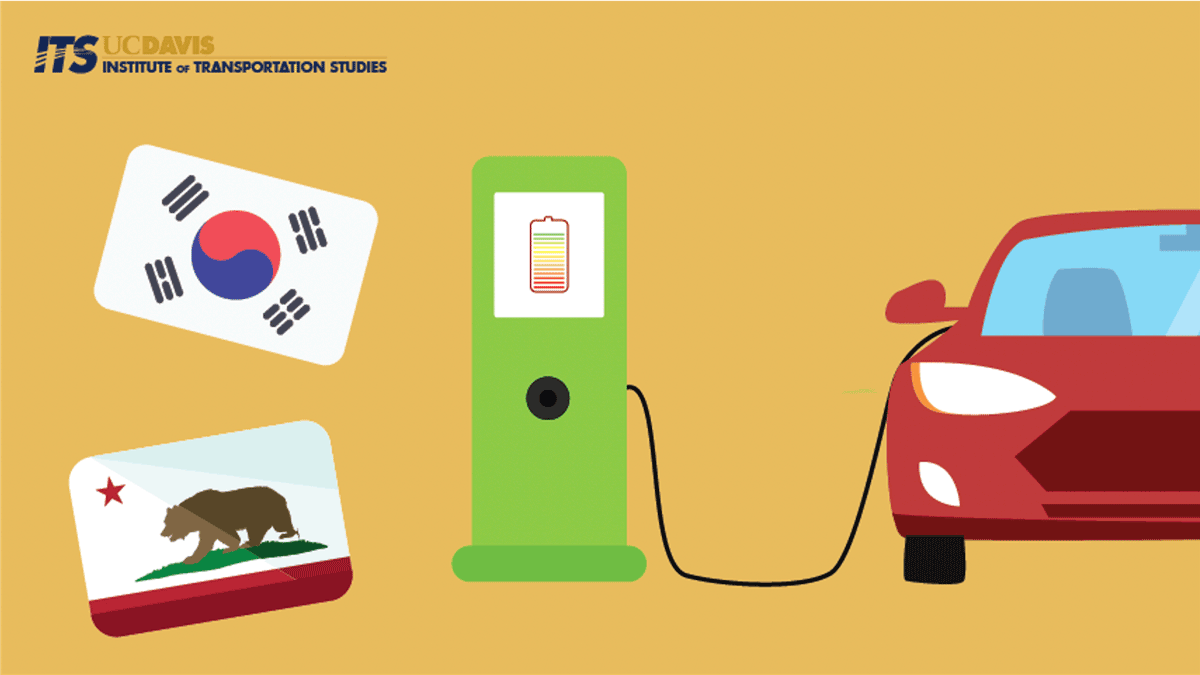
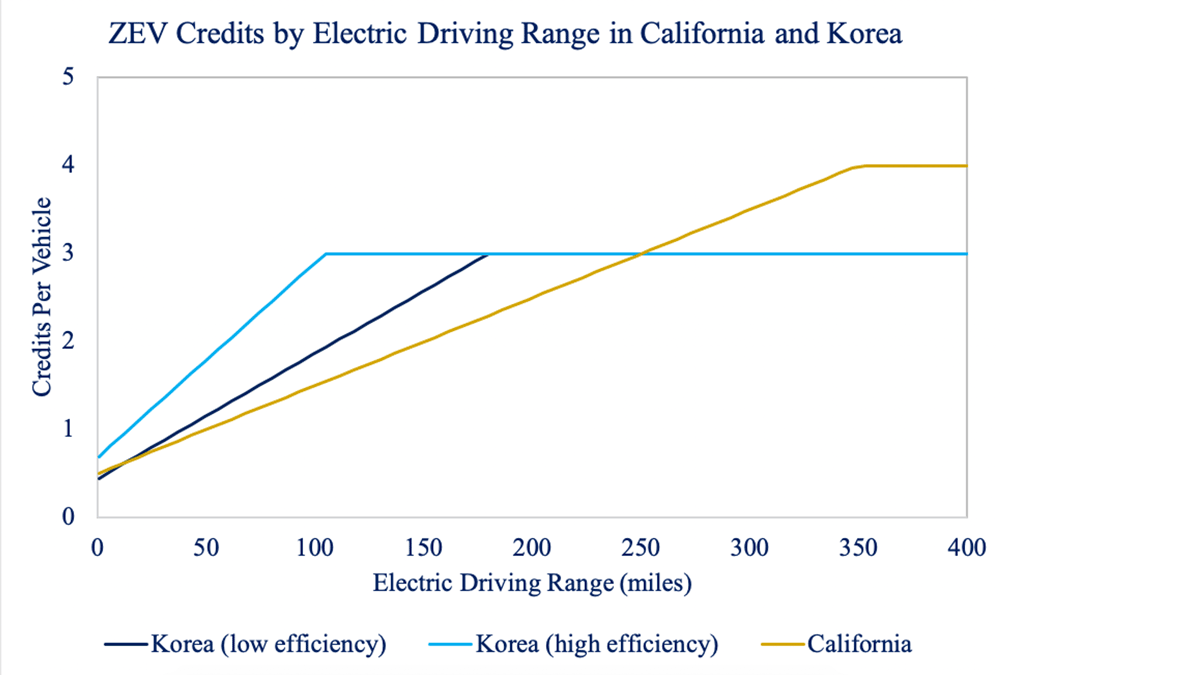


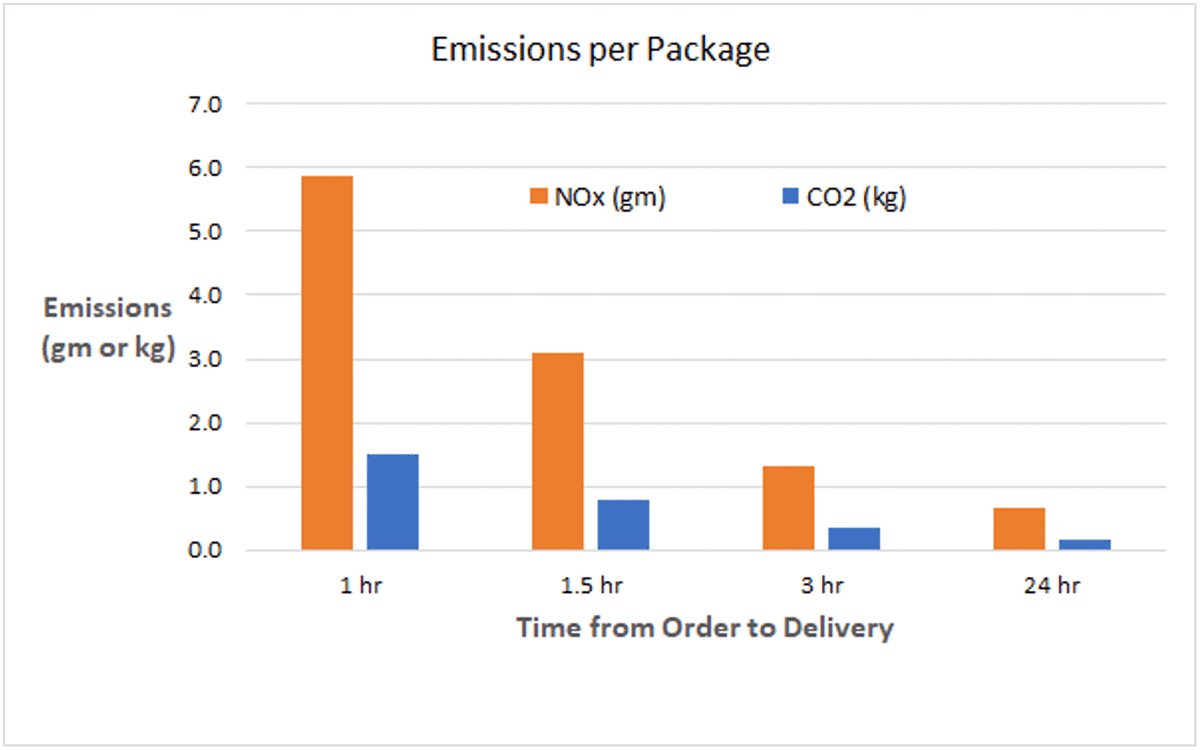
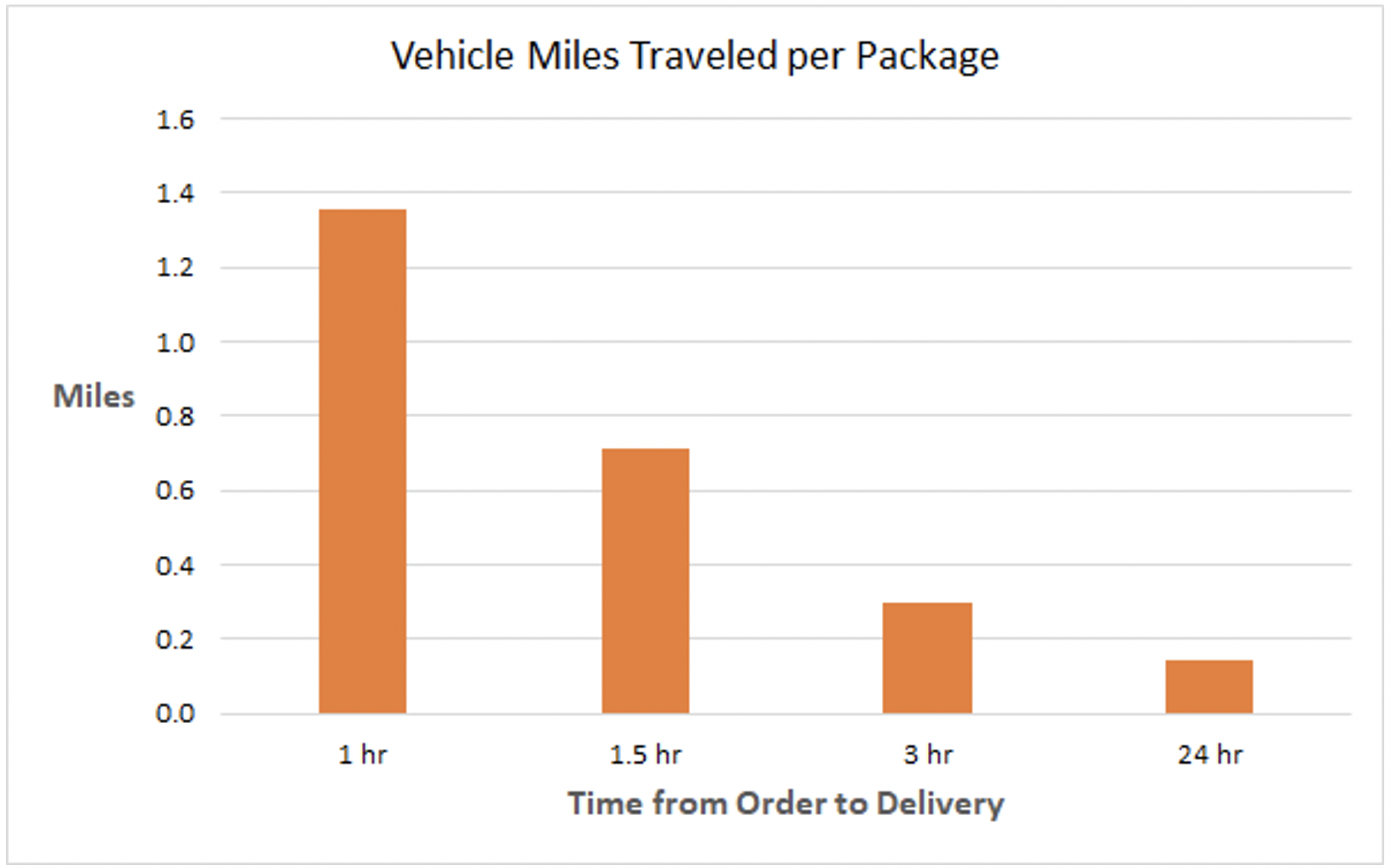
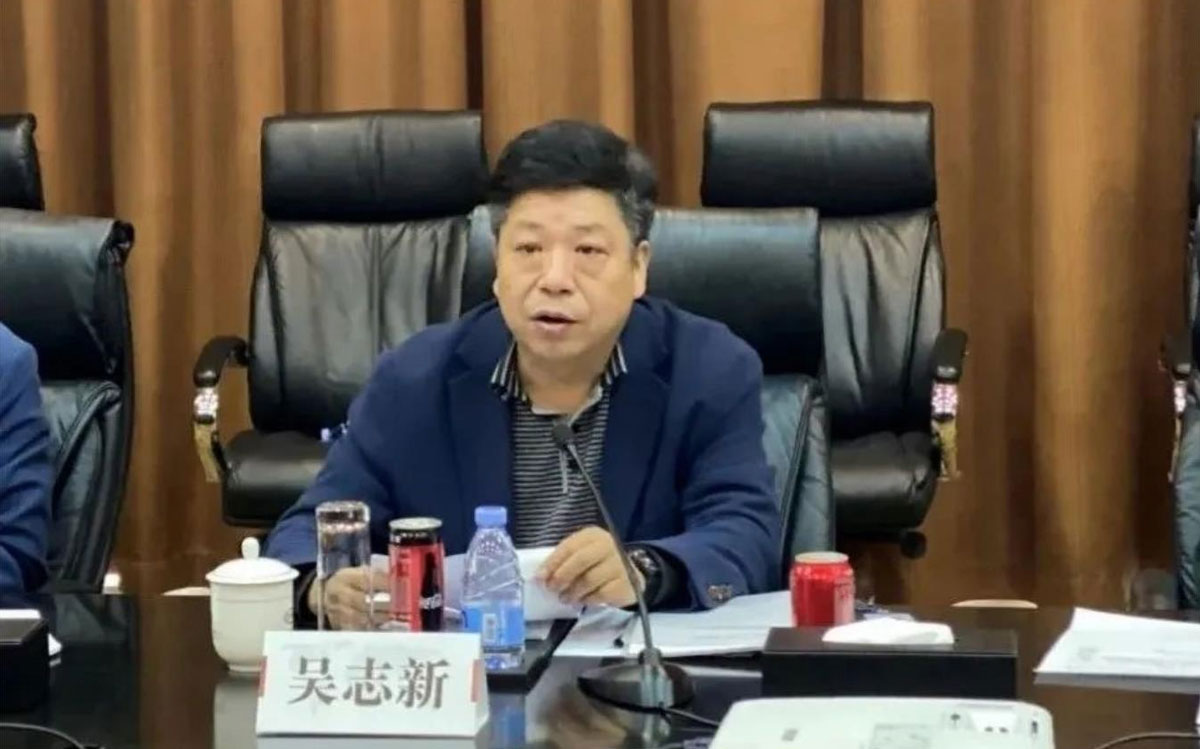 CATARC Vice President Wu Zhixin spoke at the kick-off meeting
CATARC Vice President Wu Zhixin spoke at the kick-off meeting